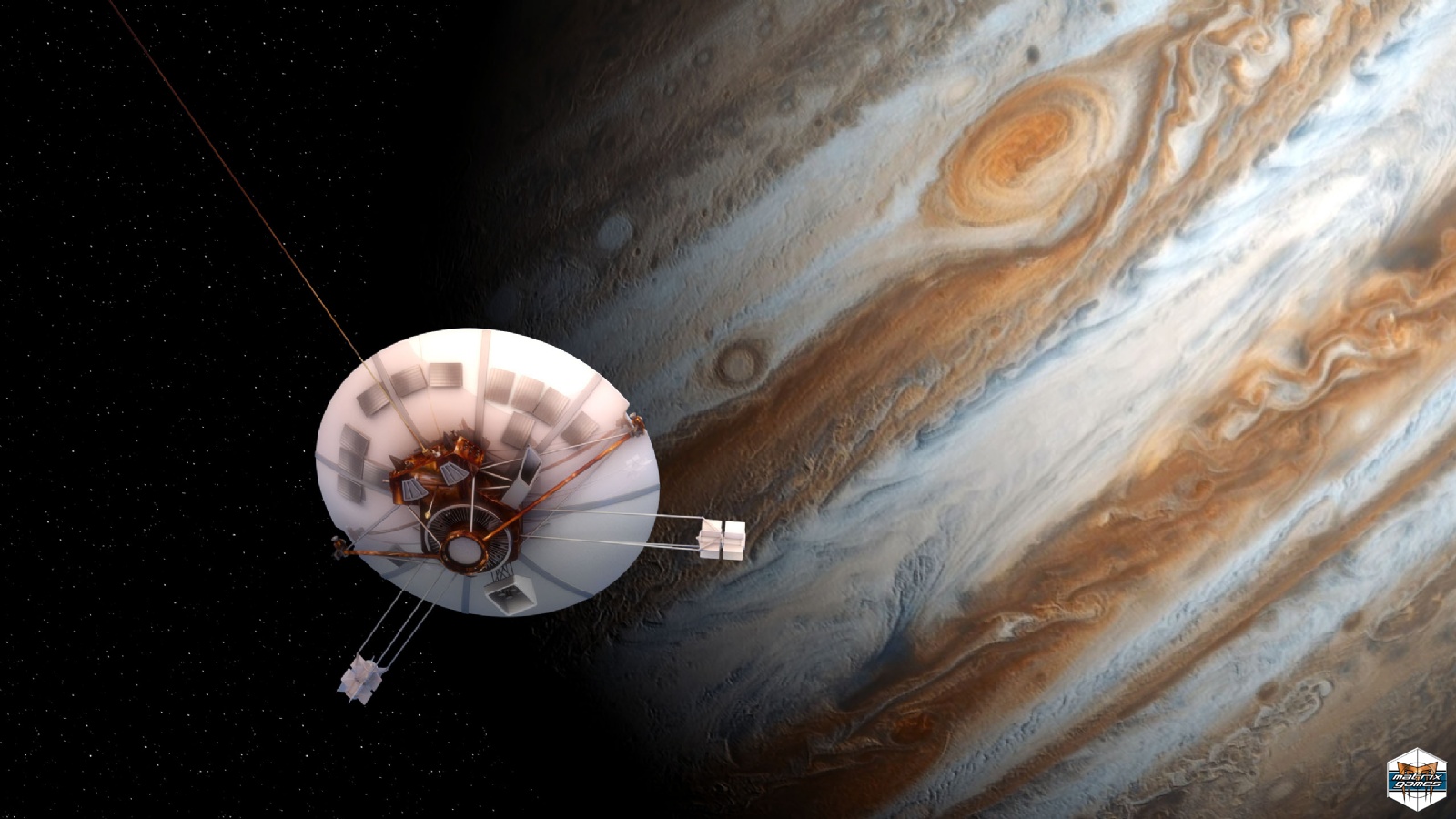
The body of the vase features four gilt Buddhist symbols of good luck, and the handles are formed as dragons. The design, the ruyi motif, is based on the form of a lingzhi, a type of fungus, expressing a wish that the emperor receive everything he desired on his birthday. Doucai refers to the decorating technique by which fine underglaze cobalt blue lines were painted onto the porous unfired clay. Auctions Going…Ī “magnificent and extremely rare” large doucai Chinese vase, dating from the Qianlong period (1736-1795), is the highlight of Christie’s Chinese ceramics sale in Hong Kong on 30 May. A full-sized model of Sputnik 1, the first man-made satellite in space, sold for $2,550, also as part of the sale, and a signed photo of fellow Apollo 11 astronaut Buzz Aldrin, standing in the moon’s Sea of Tranquillity (pictured), fetched $4,845. They sold for $504,375, including fees, last week. Meanwhile, following legal challenges, Nasa was eventually ordered to return five of the six aluminium discs to Carlson. The space agency removed the moon dust using double-sided carbon tape, attached to aluminium discs, and the bag was sold in 2017 with Sotheby’s for $1.8m. Nasa said it was genuine, but refused to return it, arguing that it never should have been sold. The bag was bought for $995 by Nancy Lee Carlson, who sent it to Nasa to be authenticated. US government officials seized and sold his space memorabilia, which included the bag, to cover Ary’s fines.

In 2003, the bag turned up in the garage of Max Ary, a director of the Cosmosphere space museum in Kansas, who, two years later, was jailed for theft, money laundering and fraud, says Liam Kelly in The Sunday Times. It looks to be one small step for NFTs, one giant pay cheque for these two artists. He claims one prospective buyer has already pledged $75m. Jafri plans on minting 20,000 NFTs to be sold later in aid of charity. A gemstone will be added to the spot where Moon Phases eventually ends up on the real lunar surface. Buyers will also acquire one of the miniature moons (although not the right to remove it from the casing, assuming they were physically able), and an encased metal-alloy model moon for display on Earth. The first 15 will cost $2m each, with later versions possibly priced higher. After Koons’ lander touches down, cameras will take photographs of the cube to be “minted” into 100 NFTs. Both will issue digital works in the form of non-fungible tokens (NFTs).
#Buzz aldrin race into space tipa how to#
Neither artist has overlooked the more terrestrial matter of how to make money from their launches.

This has suffered delays, but also hopes to fly by the end of 2022. His artwork, a thin metal plate engraved with an embracing couple and 88 hearts, called We Rise Together, is to go up on a rocket designed by United Launch Alliance, a joint venture between Lockheed Martin and Boeing. Koons is racing against Sacha Jafri, a London-based artist, who last year created the world’s largest painting. His cuboid installation called Moon Phases, which is packed with miniature and almost weightless moons in various phases of their lunar cycle, is to hitch a ride on a SpaceX Falcon 9 rocket later this year.

Jeff Koons, the American artist who currently holds the record for the living artist who has sold the most expensive artwork, is intent on winning the race.


 0 kommentar(er)
0 kommentar(er)
